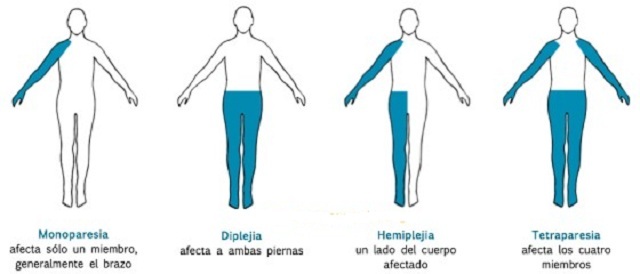1 Etiology of the disease
There are many causes of reactive phenomena. One of the most common is reactive pancreatitis. This disease develops in people who have diseases of the gastrointestinal tract. At risk are also patients who often eat fried and fatty foods.
Do you have gastritis?
GALINA SAVINA: "How easy is it to cure gastritis at home for 1 month. The proven method is to write down a recipe. ..!"Read more & gt; & gt;
Infectious disease or food poisoning can become a cause of reactive phenomena in children. In medical practice, these changes are not considered an independent disease. In general, the reactive phenomena of the pancreas arise as a result of the protective reaction of the body to a viral stimulus or malnutrition.
Causes of the ailment can be associated with:
- by taking broad-spectrum antibiotics for a long time;
- the presence of genetic pathologies in the pancreas;
- injury;
- by inflammation of the bile ducts;
- increase in the amount of gastric juice.
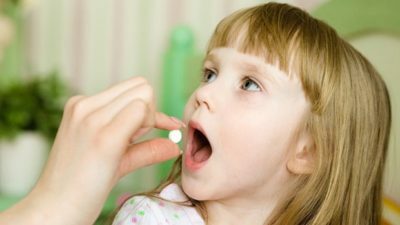
Recommended reading
- What is the heterogeneous structure of the pancreas
- Treatment of bulimia
- Symptoms and treatment in children of reactive pancreatitis
- Effective agent for gastritis and gastric ulcer
The child, in contrast to the adult, is more often diagnosed with a chronic form of the disease. As a rule, the symptoms of the disease do not have a pronounced character. During the exacerbation there is a sharp pain in the abdomen.
The acute form of the course of reactive changes in the pancreas is rare. This form is an inborn deviation of the structure and development of the digestive system of the baby.
Pancreatic edema can provoke an allergic reaction to a medicine or food.
In adults, the cause of reactive changes may be a duodenal ulcer or ulcerative colitis. Provoke ailment can chronic form of hepatitis or cholecystitis. In the risk group are people with pancreatic ulcers and reflux.
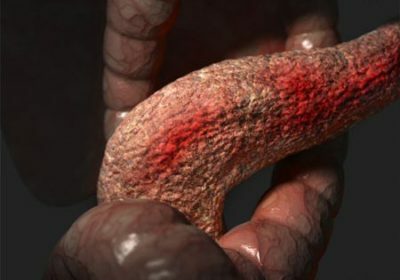
With accompanying diseases of the digestive system, it is extremely difficult to identify the symptoms of reactive changes.
2 Symptoms of the disease
Signs of reactive changes in the pancreas can manifest themselves in different ways. Despite this, it is still possible to identify the main symptoms of the disease. These include nausea, vomiting and a feeling of dryness in the mouth. Children or adults sharply rise to a temperature of 37-38 ° C.Alternating diarrhea with constipation also indicates the presence of the disease.
-
 IMPORTANT TO KNOW! Gastritis? Ulcer? To have a stomach ulcer not turned into cancer, drink a glass. ..Read the article & gt; & gt;
IMPORTANT TO KNOW! Gastritis? Ulcer? To have a stomach ulcer not turned into cancer, drink a glass. ..Read the article & gt; & gt;
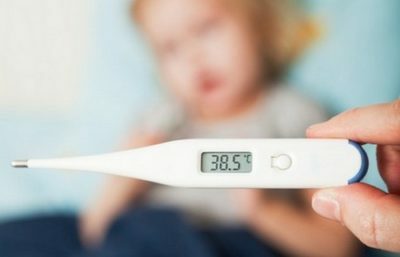
The reactive phenomena of the pancreas are accompanied by painful sensations in the navel and a characteristic whitish coating on the tongue. The older the patient, the more pronounced the character has the symptoms.
Disturbance of pancreatic function at an early age is often associated with improper feeding. The reason for this can be the wrong selection of products that are not suitable for the age of the child. Therefore, yellow skin tone, dark urine color and light feces can add to the symptoms.
The main symptom of reactive changes in the pancreas is a cutting or aching pain in the abdomen. Depending on the site of the lesion, the pain can be felt in different parts of the abdomen. In the case of head organ damage, the pain syndrome manifests itself in the right hypochondrium. When a pancreatic body is injured, the patient may complain of pain and discomfort in the upper abdomen. If pathological changes occurred in the tail of the gland, then the pulling pain will appear in the left hypochondrium. With inflammation of the whole organ, the pain is shrouded in nature. In the case of pathological changes in the structure of the gland, the pain becomes sharp and unbearable. Sometimes it can lead to pain and loss of consciousness.
-
 Gastroenterologist. VAZHENOV: "I beg you, if you began to worry about abdominal pain, heartburn, nausea, do not do gases. .."Read more & gt; & gt;
Gastroenterologist. VAZHENOV: "I beg you, if you began to worry about abdominal pain, heartburn, nausea, do not do gases. .."Read more & gt; & gt;
Reactive changes in the gland can be manifested as hiccoughs, belching or excessive salivation.
3 Treatment of pathology
Reactive changes in the gland indicate the presence of pathology of the organ of the gastrointestinal tract. In the absence of adequate and timely treatment, the reactive state leads to the development of pain syndrome and impaired functional activity of the pancreas. Among possible complications, there is a possibility of a change in the sugar content in the blood. This is due to the fact that reactive changes in the pancreas contribute to the excessive production of hormones that are responsible for lipid metabolism. Thus, the cellular metabolism is disturbed and the level of digestive juice decreases.
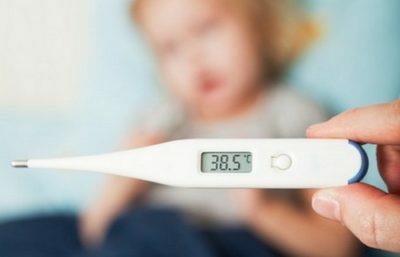
The center of inflammation of the pancreas when exposed to concomitant diseases of the biliary tract or liver is rapidly growing, which as a result leads to an increase in the swelling of the gland.
Treatment of reactive changes in the pancreas is complex. In the presence of symptoms of intoxication, the doctor prescribes glucose, which helps restore energy.
Drug treatment also means taking medications that reduce the production of gastric juice and provide time for restoring the gland.
ADVICE FROM THE MAIN GASTROENTEROLOGIST
Korotov SV: "I can recommend only one remedy for the rapid treatment of Ulcer and Gastritis, which is now recommended by the Ministry of Health. .." Read testimonials & gt; & gt;
The most effective is pyrenesin.
The patient is prescribed and enzymatic medicines Creon, Festal and Pancreatin. These remedies improve the digestion process. For the removal of the pain syndrome prescribed antispasmodics, for example, No-shpu or Drotaverin. These drugs improve the outflow of gastric juice.
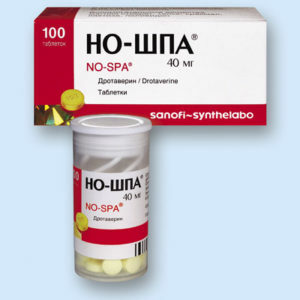
In addition to treating the symptoms of reactive changes in the pancreas, the underlying disease is treated, which is the cause of their occurrence.
To avoid dangerous consequences, the doctor prescribes an individual diet. The main task of the therapeutic diet is to facilitate the work of the gastrointestinal tract. When reactive changes in the pancreas must be excluded from the diet of smoked, fatty, fried foods, to minimize the use of salt and spices. Categorically forbidden bakery products, preserves and marinades, as well as sweet fizzy drinks, strong coffee, tea and sweets.
In small quantities, you can eat white cabbage and sour-milk products. Preference should be given to vegetable soups, cream soups, low-fat broths, pasta and cereals. You are allowed to eat boiled or steamed meat or fish. A warm drink is considered useful. Doctors recommend drinking green or herbal tea, jelly and broth of rose hips. Remember that with jet changes, the dishes should not be too hot or cold. There is a need often and in small portions.
WE RECOMMEND!
For prevention and treatment of Digestive Diseases our readers advise Monastic tea. This unique remedy consists of 9 medicinal herbs useful for digestion, which not only supplement, but also strengthen each other's actions. Monastic tea will not only eliminate all symptoms of the gastrointestinal tract and digestive system, but will also permanently eliminate the cause of its occurrence.
Opinion of doctors. .. "
4 Recipes from traditional medicine
No less effective is popular treatment. To remove the pain and heat of the body will help parsley. For cooking, you need about 800 grams of fresh chopped parsley. Pour it 1-1.5 liters of milk. Place the container in the oven until the milk evaporates completely, squeeze the mixture through gauze. Take medicine for 1 tbsp.l.every 3-4 hours.
To remove inflammation, parsley with garlic will help. To do this, grind 300 g of parsley and 2 cloves of garlic. Add 1 tbsp.l.lemon peel and mix until a homogeneous mass is obtained. Take the drug for 1 tsp.3-4 times a day before meals.
You can remove the pain syndrome with the help of chamomile and immortelle. Take 1 tbsp.l.dry herbs. Pour 1.5 tbsp.l.a crushed mixture of 200 ml of steep boiling water. Take infusion of 2 tbsp.l.before meals for 3 weeks.
Get rid of the symptoms of reactive changes in the pancreas will help herbal collection of iron, sage and calendula. Mix the herbs in a ratio of 1: 2: 3.Pour the collection of 400 ml of boiling water and leave to stand for 20-30 minutes. Take 1/3 cup 3 times a day.
With the help of the juice of potatoes. It is necessary to grate 2 medium potatoes and squeeze juice through a gauze on a fine grater. Take 1 meal before meals.l. To get rid of the unpleasant aftertaste in the mouth, the potato juice can be drunk with a small amount of kefir.
- 1 Etiology of the disease
- 2 Symptoms of the disease
- 3 Treating the pathology
- 4 Recipes from traditional medicine
Reactive changes in the pancreas in a child, the causes, symptoms and treatment of which are discussed below, are phenomena that result from the development or progression of diseases of the digestive system. Reactive phenomena can also arise from malnutrition or food poisoning.

